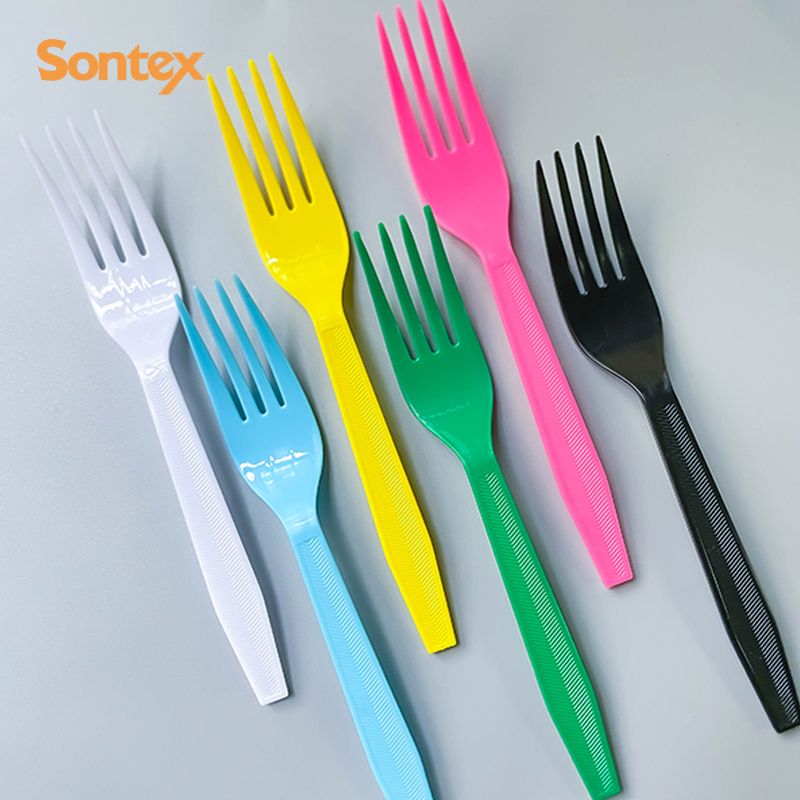Everything you need to know about CPLA & TPLA
You might be familiar with PLA, but what sets TPLA and CPLA apart? These two iterations of PLA products offer distinct advantages in the realm of eco-friendly packaging.
What is TPLA and CPLA?
To grasp the distinctions between CPLA and TPLA, a basic understanding of PLA, or polylactic acid, is necessary.
PLA products serve as bio-based and biodegradable substitutes for petroleum-based plastics. Typically derived from fermentable sugars, such as corn, PLA offers an environmentally friendly alternative to traditional petroleum-based plastics.
PLA stands as a comparable and environmentally friendly substitute for traditional plastics. However, due to its composition from corn rather than oil-based materials, it may exhibit lower rigidity and heat resistance compared to conventional plastics, which come in various numbered types tailored for specific applications.
To address these limitations, CPLA and TPLA were developed. These two variations on PLA aim to bolster PLA's weaknesses while retaining its inherent benefits.
- CPLA, or Crystallized PLA, undergoes a process involving high pressure and heat applied to PLA, chalk, and other biodegradable, bio-based additives. This process induces crystallization, resulting in a more robust product with increased resistance to heat degradation. Commonly employed for coffee cups, CPLA lids are a prevalent application.
- On the other hand, TPLA, or Talc-injected PLA, is formulated by blending the two materials, usually at a ratio of approximately 70% PLA and 30% talc. Talc, a natural mineral with high thermal stability, enhances PLA's ability to mold into sturdier and more heat-resistant materials. Despite not being renewable, talc is an abundant natural resource, making TPLA utensils a widely used eco-friendly option.
What are the Advantages of TPLA and CPLA Products?
Similar to PLA, both of these materials require 65% less energy for production compared to traditional plastics, and they fully compost in industrial composting facilities.
1. Biodegradability: PLA, being plant-based, meets international biodegradability standards, and both TPLA and CPLA naturally degrade over time. All three variants decompose faster in a commercial composting facility.
2. Compostability: TPLA achieves 100% compostability within 3–6 months in a commercial facility, while CPLA achieves the same in 2–4 months in a commercial setting.
3. Non-toxic emissions: In contrast to traditional plastics, these alternatives do not emit toxic fumes when incinerated.
Food packaging advantages of TPLA:
- Heat Resistance: Can withstand temperatures up to 200°F.
- Reusability: Reusable and dishwasher safe.
- Compostability: Certified compostable by BPI (Biodegradable Products Institute).
Food packaging benefits of CPLA:
- Heat Resistance: Can withstand temperatures up to 180°F.
- Sustainability: 100% renewable and bio-based.
Are TPLA or CPLA Food Packaging Products Suitable for My Business?
If your current inventory includes the following items and you are committed to offering environmentally friendly packaging solutions, then TPLA and CPLA represent excellent choices for your business:
- Utensils
- Forks
- Knives
- Soup spoons
- Sporks
We offer a large variety of samples of these products and many more for you to try before buying full cases. To learn more about SONTEX CPLA and other environmentally friendly products, please reach out!
- 0


